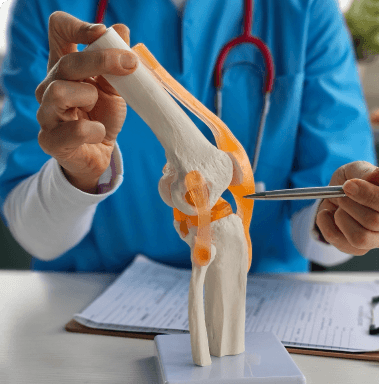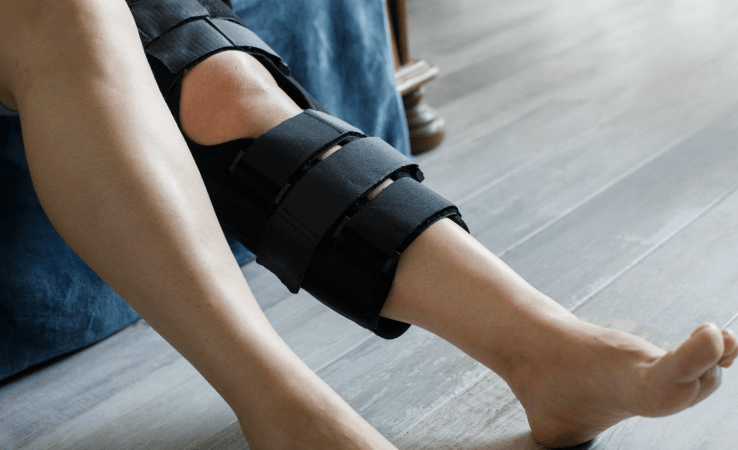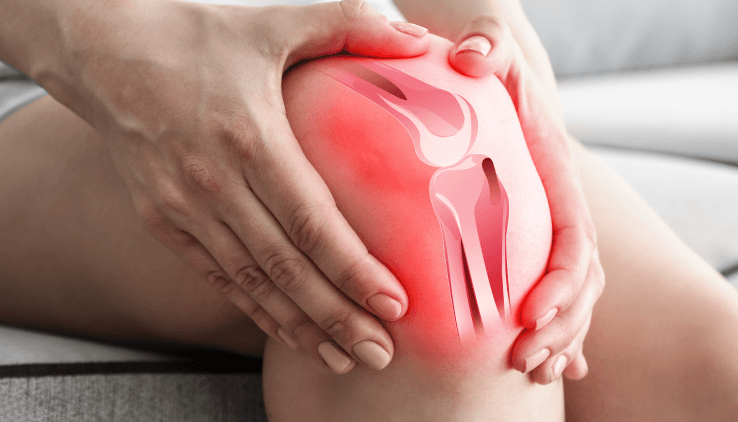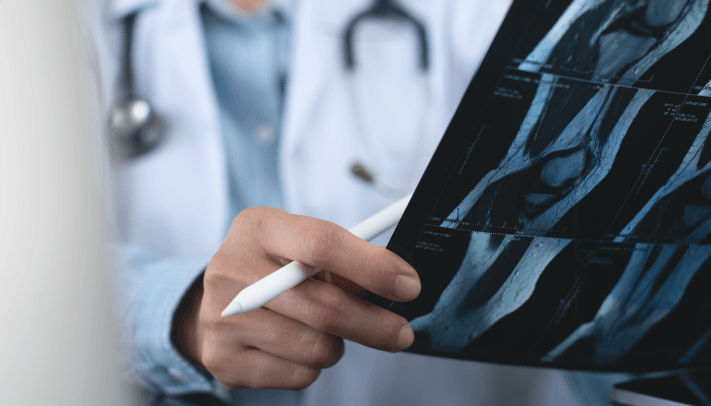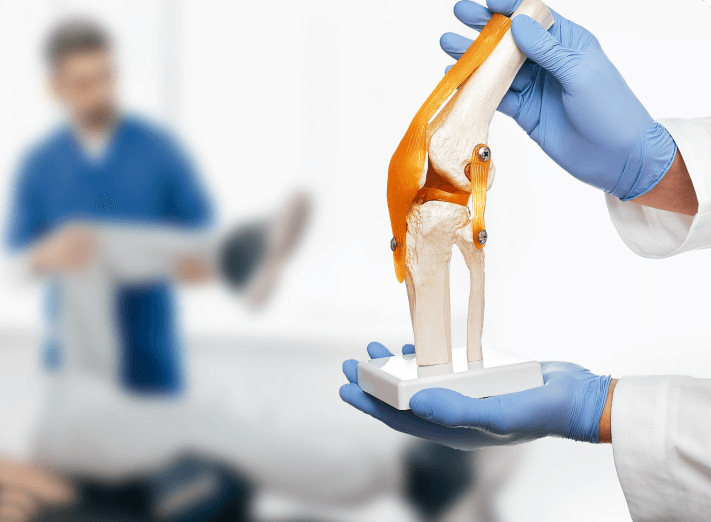What Is an ACL Injury?
An ACL injury refers to a tear or sprain of the anterior cruciate ligament, one of the key ligaments that helps stabilize the knee joint. This ligament connects the thighbone (femur) to the shinbone (tibia) and is crucial for controlling forward and rotational movement of the knee.
ACL injuries are common in sports and activities that involve sudden stops, changes in direction, or high-impact landings. Depending on the severity, ACL injuries can range from a mild sprain to a complete ligament tear, often affecting mobility and requiring targeted treatment.


